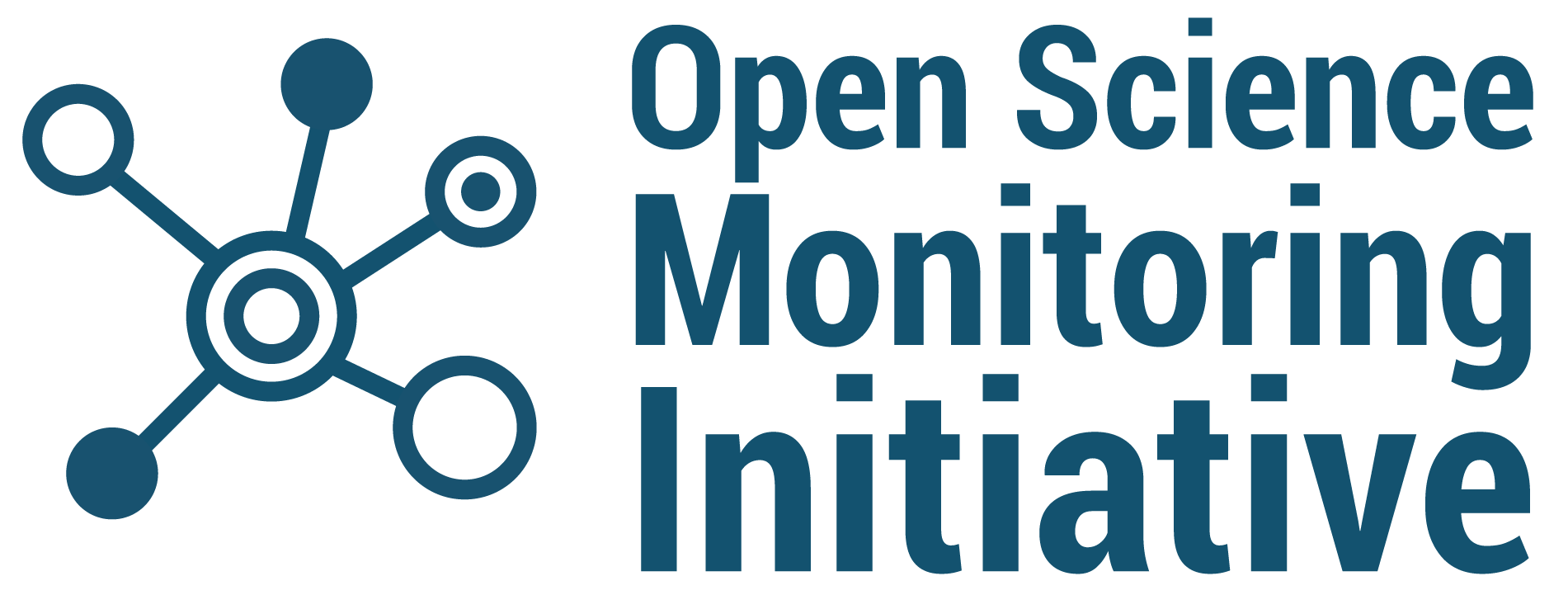Introduction
This page has been written to guide you in using the website.
To find out what the accessibility level of this website is, see the statement of compliance with the General Accessibility Improvement Framework (RGAA) 3 2017.
The global Web Accessibility Initiative (WAI) defines Web accessibility as follows:
Web accessibility means that people with disabilities can use the Web. More specifically, they can perceive, understand, navigate and interact with the Web, and contribute to the Web. Web accessibility also benefits others, particularly older people with changing abilities due to ageing.
Web accessibility encompasses all disabilities that affect access to the Web, including visual, auditory, physical, speech, cognitive and neurological.
See the WAI introduction (opens in a new tab).
Website organisation
Primary navigation
There are 6 sections structuring this website, each one is accessible from the home page:
- About (via the main menu);
- Principles (via the main menu);
- Working groups (via the main menu);
- News (via the main menu);
- Monitors (via the main menu);
- Contact (via the main menu).
Other navigation systems
- a search engine at the top ;
- a contact form;
- access to the social media pages via a block in the footer of all pages;
- a site map accessible via a link in the footer;
- this guide to using this website via a link in the footer;
- the website’s legal notice accessible via a link in the footer;
- an accessibility statement accessible via a link in the footer.
Navigate with headings
- Heading level 1 corresponds to the main heading of the website.
- Heading level 2 is the heading of the article viewed.
- Higher heading levels make it possible to highlight the content.
Most assistive technologies and browsers facilitate navigation according to headings. Most screen readers provide a feature for skipping to the next heading.
